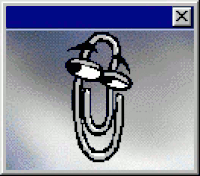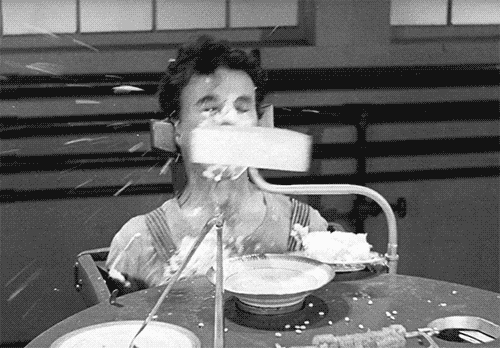


Robots and their behaviour, according to the study of Dr. Astrid Rosenthal-von der Pütten, can be perceived by humans as their kind (Choi, 2013).
“Her research, published in the journal Computers in Human Behavior, suggests that we empathize with robots treated both affectionately and violently as if they were our fellow man. It gets your mind going: Might our brains operate similarly when watching unscripted robot fails?” (Anderson, 2015).
Answering the question from the previous chapter, motion can be considered to be the soul of the mechanical. Even etymologically the words anima (soul in latin) — animal — animation are cognate. And sometimes the type of movement itself, more than the appearance, can resemble a human.
Digital mechanisms, primitive or not, can resemble humans in various actions, such as dancing. Creators of dancing Boston Dynamics robots did not try to make robots similar to people in any aspect, except for mechanical: the structure of the figure, movement. But even this is enough to make commentators call the dance “super cute and wholesome :)”. In a viral Russian meme, someone put a voice-over of mechanical voices on the Boston dynamics robots footage. Situations in the video are taken from everyday life, robots call humans skin bastards and seem to look down on them and it makes the sketch comical.
Why do humans find dancing machines so appealing? These mechanisms try to imitate human behaviour and so far they are not that advanced to fully impersonate the human being so their quirky attempts can be seen as something interesting and even cute:
“The rigid mechanism which we occasionally detect, as a foreign body, in the living continuity of human affairs is of peculiar interest to us as being a kind of absentmindedness on the part of life” (Bergson, 1921: 87).
Not only robots can resemble humans: sometimes imitate the mechanisms themselves. Early Big Dog quadruped robot testing video parody — as if showing the early prototypes of the Boston Dynamics Dog robot, while in reality it's just people pretending to be robots.
“A mechanical inelasticity where one would expect to find the wide-awake adaptability and the living pliableness of a human being” (Bergson, 1921: 10) became the inspiration for a separate genre of comedy, famous performers of which were Charlie Chaplin and Jacques Tati.


Charlie Chaplin
Feeding Machine
Feeding Machine
Jacques Tati
Mon Oncle
Mon Oncle